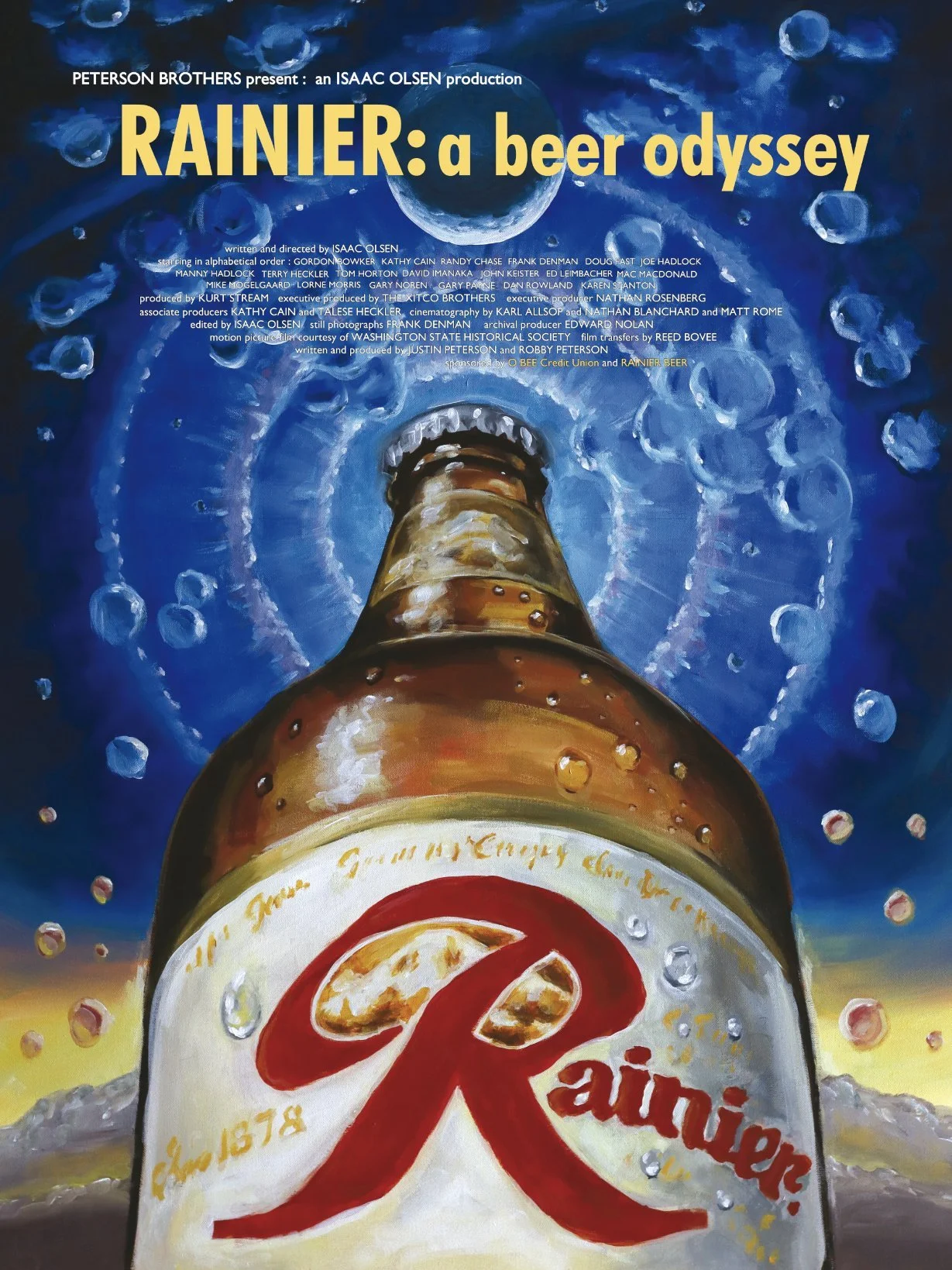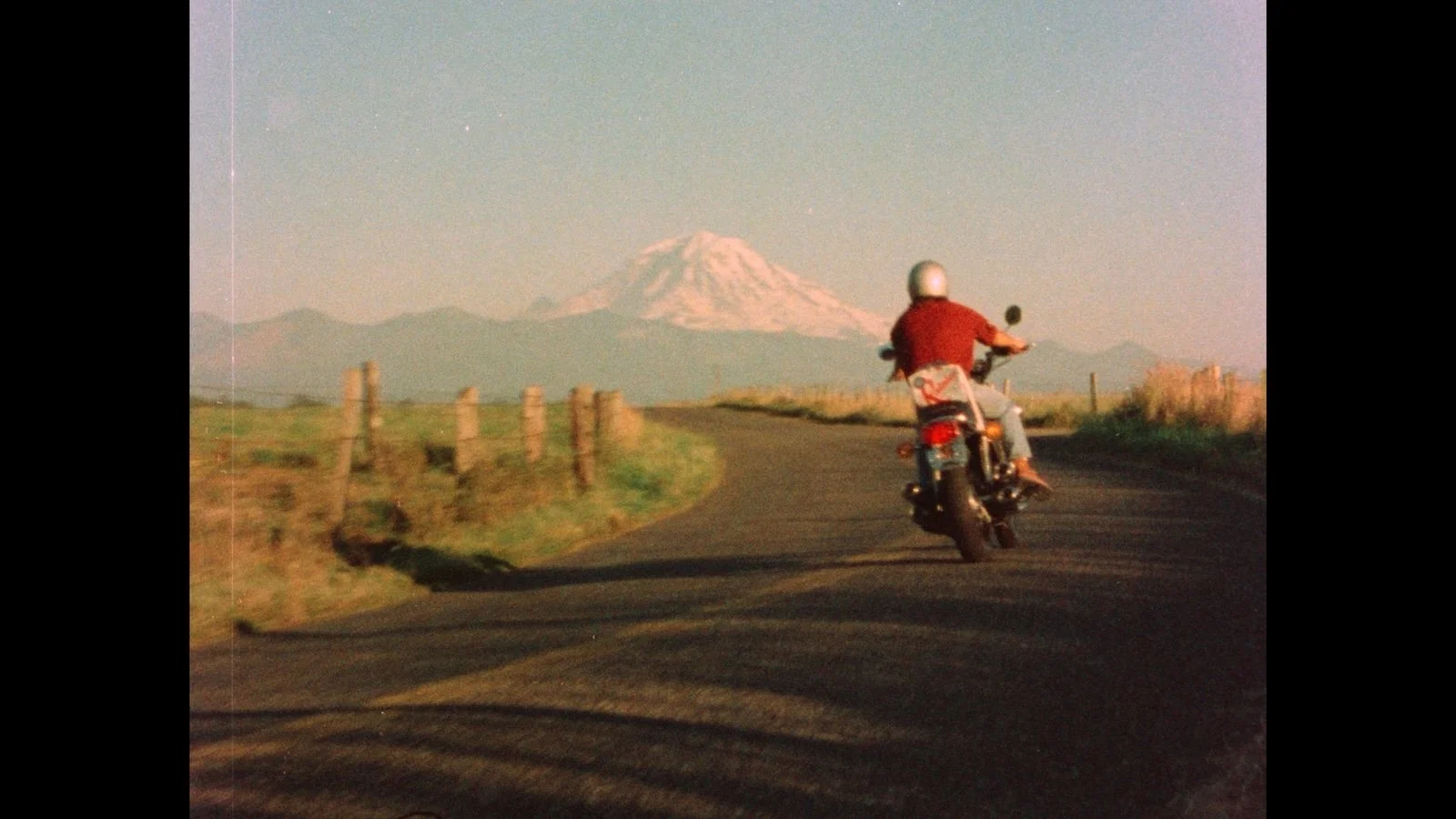Previous
Previous
Max’s Musings: e. e. cummings
Next
Next



(he/him) Zach's life is made better by being surrounded by art. He writes about his passions. He is a freelance film critic and essayist. He loves film and devours books. He seeks the type of cinema that gives him goosebumps and prose that tickles his brain. He wants to discover the mysteries of the creative process through conversation and a dissection of craft.